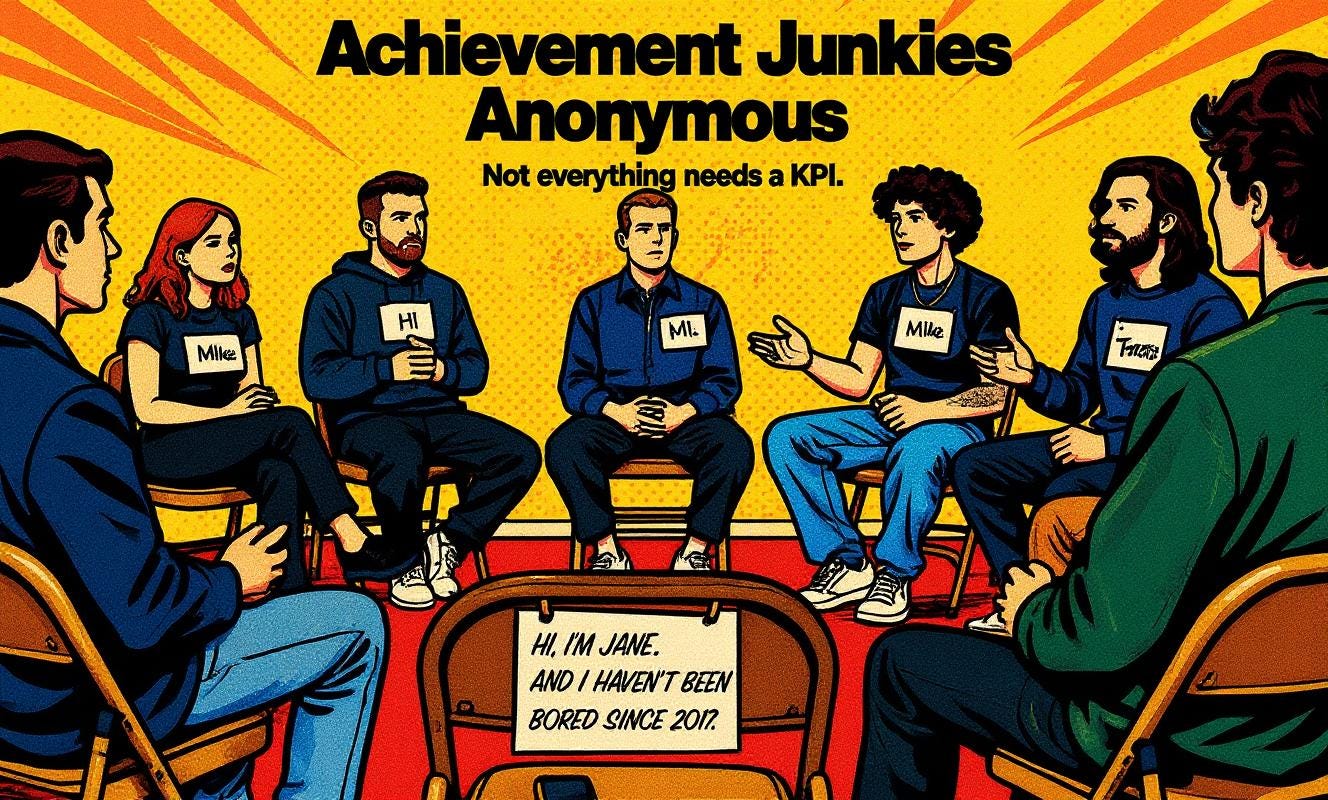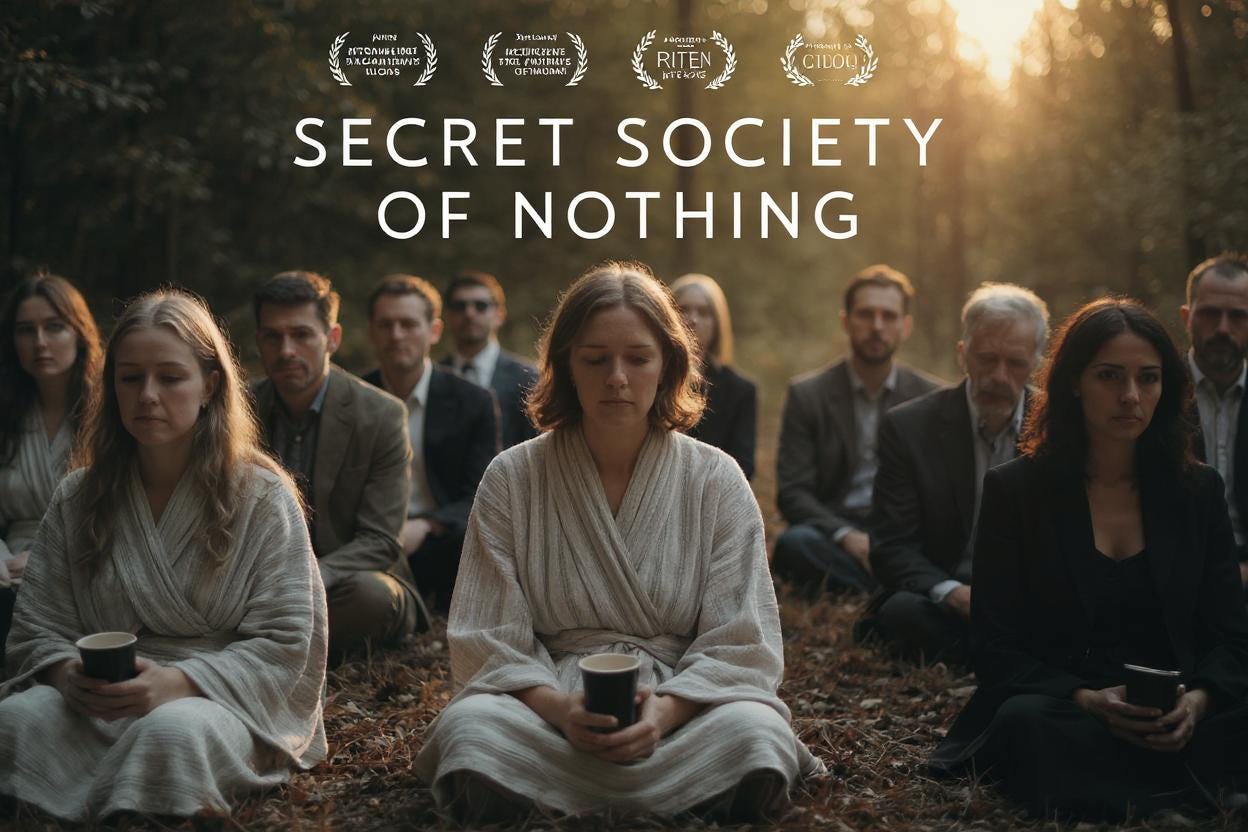The 4:17PM Boredom Club
“I’m bored,” she said.
We didn’t panic.
We didn’t drop everything.
We just let her be.
A few years ago, my young daughter was surrounded by constant stimulation. TV, games, apps, crafts, activities. Not just passive screen-time. We were proactive parents. Planning, suggesting, entertaining.
But that was the problem.
We filled every quiet second with something clever, something guided, something useful. We were so busy helping her stay engaged that we forgot to let her get lost, so she could discover her own way.
Then we tried something different.
We added “no-TV” zones to the day. Not a punishment. Just space.
And when the inevitable “I’m bored” came, we smiled and asked:
“What can you do?”
She sulked. She whined. She dialled up the cuteness to adorable. We nearly cracked. Those puppy eyes could negotiate world peace.
But then, she picked up a pencil and started to draw.
Now my daughter is nine.
She creates comic books. Edits videos. Designs family challenges on long car rides.
She’s obsessed with K-pop Demon Hunters on Netflix. But not just watching it. She creates new outfits, characters, and drawings. What she consumes now becomes inspiration for what she creates.
A few weeks ago she brought home a comic she’d made with friends.
She drew all the characters. I recognised her style instantly.
“They wanted me to draw,” she said, “because I’m the best at it.”
No arrogance. Just confident ownership.
I’ve watched her study our dog. Just observing. Legs. Shadows. Posture. Curiosity. Then she’ll go create.
That’s not entertainment.
That’s awareness.
And it all started with boredom.
We’ve become boredom-phobic
Every moment must be optimised.
Waiting for a meeting? Podcast.
Walking to the shop? Catch up on calls.
Standing in a queue? Grab your phone before your brain has time to think.
Even meditation apps now reward you with badges.
We’ve become boredom refugees, running at the first hint of stillness like it’s toxic.
I’ve noticed myself reaching for my phone before my brain has time decide why I need it. God forbid a thought might sneak in.
Boredom isn’t the absence of stimulation.
It’s the presence of you.
Not everything worth writing comes from doing. Some of it comes from sitting still and letting meaning rise to the surface.
Chefs call it a reduction. Boiling away what’s unnecessary until only the flavour remains.
Not silence for the sake of it.
Stillness to clarify what matters.
The science behind doing nothing
When you’re bored, your brain activates its default mode network1.
This is the part involved in creative insight, problem-solving, future planning, and memory consolidation.
It’s what lights up when you’re not reacting to the world, but connecting ideas from within it.
When you remove the noise, your brain makes its own music.
Boredom is Park Mode in disguise
In Focus Modes, Park Mode isn’t rest for rest’s sake.
It’s not emptiness.
It’s a reduction. A clearing. A return to signal over noise.
You can walk in Sports Mode (with a goal).
Or in Off-Road Mode (to learn or reflect).
But in Park Mode, the walk itself is the point.
That’s where boredom belongs.
Not on your phone. Not in your planner.
But in your rhythm.
Set aside time to be bored
Like reducing a sauce, you go through phases:
Heat Level One: The Fidget Phase (0-7 minutes)
Your hands will itch for your phone. Your brain will list seventeen “urgent” tasks. Good. That’s the water boiling off. Let it happen.
Heat Level Two: The Resistance (8-15 minutes)
This is where most people quit. Your body wants to move. Your mind screams “WASTE OF TIME.” This is the flavour concentrating. Stay put.
Heat Level Three: The Clearing (16-30 minutes)
Something shifts. The mental chatter quiets. Ideas that actually matter start surfacing. Not forced. Not planned. Just there.
Join the 4:17PM Boredom Club
Every day at 4:17 PM (post-afternoon slump, pre-dinner chaos), you have a meeting with nothing. Non-negotiable.
Call it “Strategic Planning” in your calendar. Nobody needs to know it’s just you and your wandering mind.
Rules:
Airplane mode, not just silent
Same location each time (your brain learns faster with consistency)
A timer you can’t see (hidden under a cushion works)
End even if you’re “getting somewhere” (especially then)
Do this for five days straight. By day three, your brain stops fighting. By day five, it starts creating.
Remember. This is not a hack. It’s a habit.
Until next time,
Dave
P.S. I wrote this article after a family holiday. I had time to observe, reflect, and do nothing in particular. Writing it was just a matter of pulling together what had already taken shape in my head.
Smallwood, J., & Schooler, J. W. (2015). The Science of Mind Wandering: Empirically Navigating the Stream of Consciousness. Annual Review of Psychology, 66, 487–518.






I’ve always thought that a mindfulness habit was resting comfortably in calm, peaceful observation of the present moment.
I’ve learned that sometimes it’s the ability to sit in my discomfort with acceptance. My goal becomes to patiently wait it out, ultimately letting go of judgement. Sometimes it works 😉
Another great article, Dave!